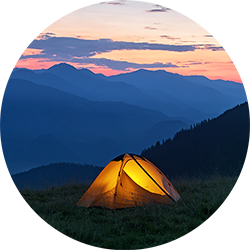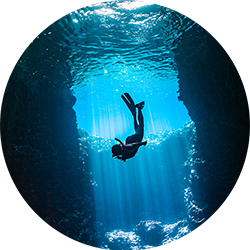The best time to trek to Kareri Lake is from May to July and then September to November. Planning to partake in Kareri Lake Trek adventure? Here is a season-wise description of the activity to help you plan wisely!
Best time to go:
For the most delightful trekking experience, it is recommended to visit Kareri Lake during the time of May to July and then September to November.
Best time to go:
For the most delightful trekking experience, it is recommended to visit Kareri Lake during the time of May to July and then September to November.
Best time for trekking:
Though Kareri Lake is accessible throughout the year, the best time for trekking here is during the summer (May to July) and autumn (September to November) seasons.




